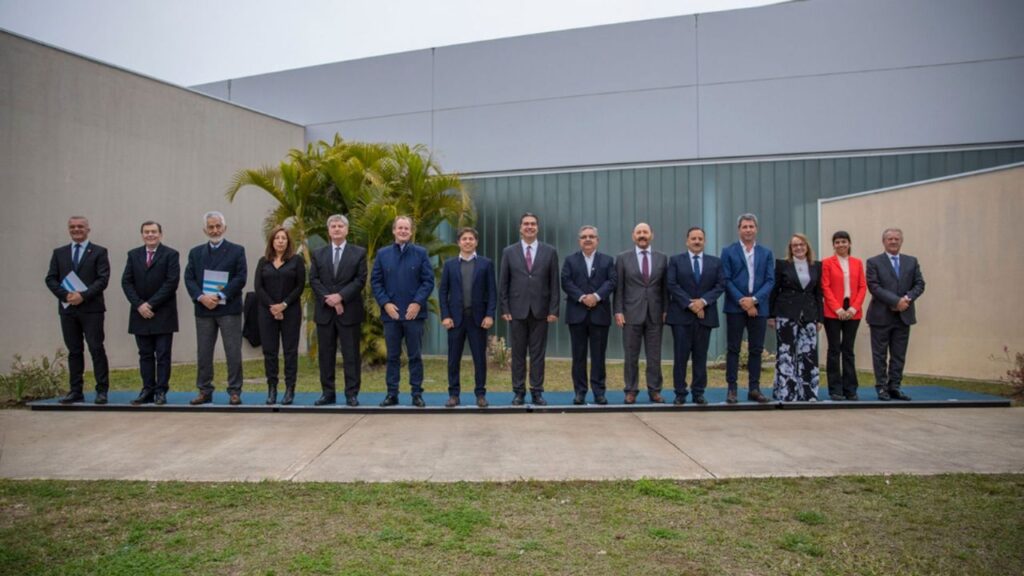The August National Household Consumption Intention (ICF) survey, released today (18) by the National Confederation of Commerce in Goods, Services and Tourism (CNC), showed continuity of the growth process started in January, totaling 82.1 points . It is the highest level since April 2020 (95.6 points) and surpassed the results of the same month in the previous 2 years. The indicator’s 1.1% advance in the month was driven by greater optimism from families with incomes above ten times the minimum wage. The annual variation reached expansion of 17%.
CNC economist and research coordinator, Catarina Carneiro da Silva, said that for more than a year, families with incomes above ten minimum wages have been more optimistic than those with lower incomes, but that “this month the variation was more strong and that drew attention. But they have been more optimistic for a while now.”
Catarina explained that families that earn more than ten minimum wages have greater access to income and are able to consume not only what is essential. “They are having greater consumption capacity, so much so that their current consumption indicator reached 85.5 points in August, and access to credit is above 100 points [100,5]. They are already satisfied with their income and with their credit as well. In August there was a turning point and, despite inflation, families have a higher income and are able to consume”.
The CNC economist said that high interest rates do not weigh heavily on the income of these families and, therefore, they are managing to have better access to credit. “Because of these factors, they are managing to excel in consumption”.
Caution
Families with incomes up to ten minimum have to choose what to consume and end up prioritizing the consumption of essential goods. Catarina said that despite the emergency aid, high interest rates and high inflation make these consumers more cautious and find it more difficult to take out credit to consume. “They are making progress too, but not as much as the other families.”
Catarina Carneiro said that the consumption perspective of lower-income families has already become positive this month. “Despite the difficulties, they are gradually increasing their consumption perspective”.
For the group of families with income above ten times the minimum wage, consumption intention increased 3.3% in August, while for the group with lower income, the ICF showed a positive change of 0.4%.
CNC highlighted, in the month of August, the growth in the current consumption level (2.8%), the highest in the last 6 months. This item was the one with the highest growth in both income categories: 2.1% for families with income below ten minimum wages and 5% for families whose income exceeds ten minimum wages.
Job
The CNC survey showed that, in relation to the job market, young people under 35 years of age are the most favored, occupying 80.6% of the job openings opened in June, according to data from the General Registry of Employees and Unemployed (Caged). Thus, this portion of the population appears more willing to consume.
“Young people under 35 are those who are consuming the most, precisely because they are having greater access to employment. They are having more income, more wages and are consuming more”.
The IFC, which measures the level of consumption intention of those under 35 years of age, stood at 72.2 points in August, with an annual variation of 21.3%, against an indicator of 56.4 points for those over that age, whose advance was 10.2% in the month surveyed.
Catarina pointed out that the consumption outlook is accelerating for both higher-income and lower-income families. She recalled that, in July, lower income families had a drop in consumption intention of 1%, due to the uncertainties of the economy and the challenges of inflation and interest rates.
“This month, they have already recovered and saw that the income from Auxílio Brasil will help. With this, the prospects of increasing consumption are increasing gradually”.
The August IFC showed an increase of 0.5% in the consumption intention of lower-income consumers. Considering all respondents, the perspective of consumption in the next quarter increased by 0.8% in the month, against 0.2% in July.
As for the professional perspective, lower-income families fell by 1%, while higher-income families are more optimistic about employment in the coming months (2%).
Most consumers revealed security in their current job (33.3%), which had not occurred since April 2020. Although this improvement in the perception of current employment was recorded, the professional perspective retreated 0.3% in general, removing part of the positive effect of July (0.5%). “This one-off drop does not take away all the gains it had throughout the year,” said the economist.
The national survey of Intention to Consumption of Families (ICF) is a leading indicator, whose objective is to anticipate the potential of sales in the commerce. All federation units are included in the survey, totaling 18,000 questionnaires, analyzed monthly.
listen on National Radio Agency:

















